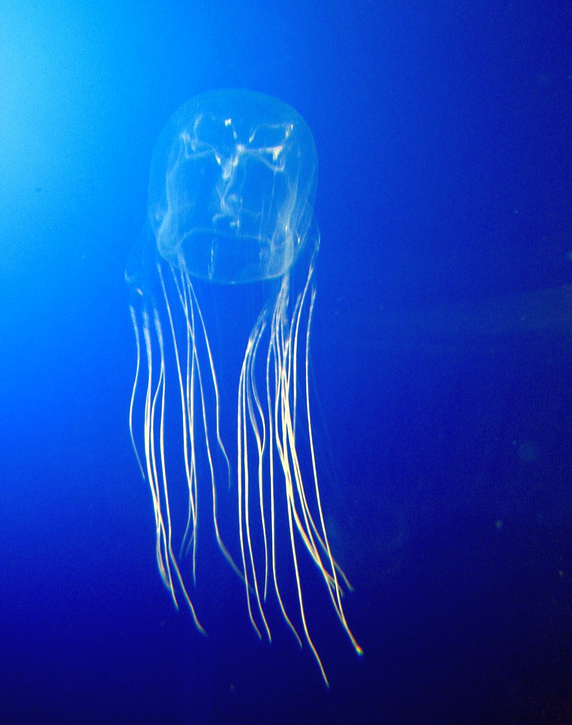
Here’s an inventive turn of phrase from Nature:
“Eye evolution came easy for simple sea creatures
Family tree shows that jellies and their relatives evolved eyes independently at least eight times.”
Jellyfish and their kin have no brains and make do with rudimentary nervous systems. But an analysis now shows that these simple sea creatures evolved eyes multiple times, transforming basic precursor cells into a wide range of useful visual systems. Curr. Biol. (2018), “Eye evolution came easy for simple sea creatures” at Nature
Nothing like a bold approach to the problems of irreducible complexity! Imply, without stressing the point, that if the creatures were “simple,” the process must have been “easy” and therefore wthin the range of random Darwinian evolution.
Note: Box jellyfish have eyes with retinas, corneas and lenses. Others have different arrangements, some “simpler” (for now). – Ruppert, Edward E.; Fox, Richard, S.; Barnes, Robert D. (2004). Invertebrate Zoology, 7th edition. Cengage Learning. pp. 153–154. ISBN 978-81-315-0104-7
See also: At Science: Maybe the transition from single cells to multicellular life wasn’t that hard? So at the basic level, there is a program that adapts single cells to multicellularity? Yes, that certainly makes multicellularity easier and even swifter but it also make traditional Darwinian explanations sound ever more stretched.
How do cells interpret the “dizzying” communications pathways in multicellular life forms? Presumably, it was easy for all this signalling to just somehow fall into place once, a long time ago … One approach with an excellent track record is: Make expressions of doubt dangerous. That stops the problem from becoming visibly worse even while it mounts.
and
Evolution appears to converge on goals—but in Darwinian terms, is that possible?